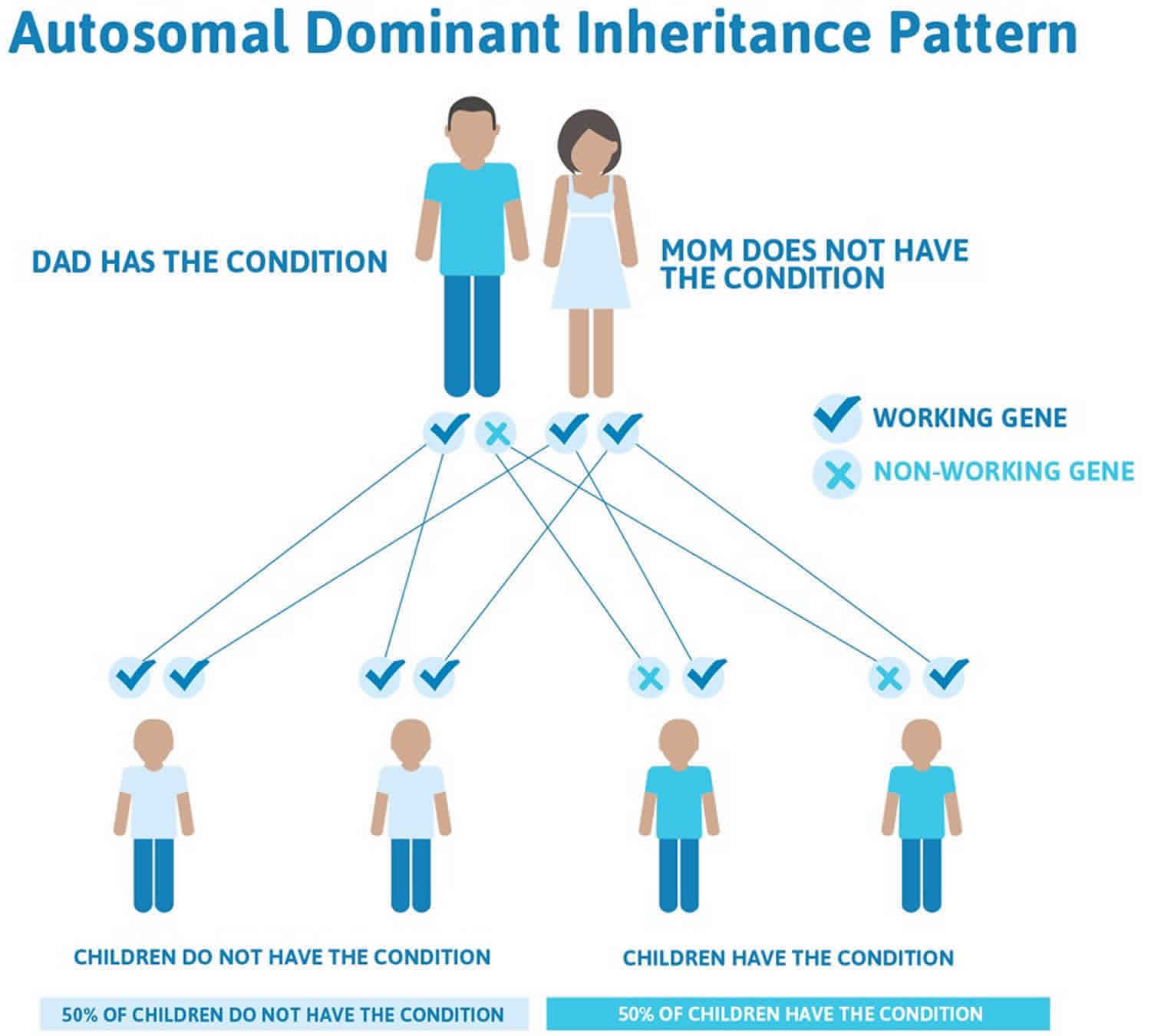Photic sneeze reflex
Photic sneeze reflex also known as Autosomal Dominant Compelling Helio Ophthalmic Outburst (ACHOO) syndrome, sneezing from light exposure or photic sneezing, is a condition of uncontrollable sneezing episodes in response to the sudden exposure to bright light, typically intense sunlight 1. About 1 out of every 3 people who already have a prickling sensation in their nose will sneeze when exposed to bright light, but “pure” photic sneezing is far less common 2. Photic sneeze reflex affects 18–35% of the population in the USA 3. A recent German study reported much higher (up to 57 percent) prevalence of sneezing in sunlight 4. Photic sneeze reflex often manifests as a mild reaction, but may cause devastating consequences in some situations (airplane pilots, car drivers, etc.) 3. Its exact mechanism is poorly understood. Various mechanisms have been proposed 5. Interestingly, the roles of the fifth and tenth cranial nerves, brainstem nuclei and inciting patterns closely mimic a well-known brainstem reflex, known as the trigeminocardiac reflex (TCR), which is defined as the sudden onset of parasympathetic dysrhythmia, sympathetic hypotension, apnea or gastric hypermotility during the stimulation of any of the sensory branches of the the fifth cranial nerve 6. Recently, it has been highlighted that the trigeminocardiac reflex phenomenon has a wide array of clinical implications in both experimental and clinical neurosciences 7. Interestingly, recent literature explores the role of the trigeminocardiac reflex in various conditions, including sudden infant death syndrome (SIDS), sleep disorders, rhinitis and stroke 8.
Autosomal Dominant Compelling Helioopthalmic Outburst (ACHOO) Syndrome is characterized by uncontrollable sneezing in response to the sudden exposure to bright light (1). This type of sneezing is also known as .
Sneezing is usually triggered by contact with infectious agents or after inhaling irritants, but the cause of photic sneezing is not fully understood. It may involve an over-excitability of the visual cortex in response to light, leading to a stronger activation of the secondary somatosensory areas 9.
Photic sneeze reflex causes
Sneezing is usually triggered by contact with infectious agents or after inhaling irritants, but the cause of photic sneezing is not fully understood 10. It may involve an over-excitability of the visual cortex in response to light, leading to a stronger activation of the secondary somatosensory areas 9.
Study of military medicine revealed that photic sneeze reflex was not associated with specific wavelengths of light so the use of filtering lenses in sunglasses or goggles would not be helpful in mitigating the reflex17. Instead, photic sneeze reflex was mediated and induced by changes in the intensity of light 11. Efforts to test or reproduce the photic sneeze reflex response in clinical setting by exposing individuals to bright light were unreliable, so in the absence of a standardized testing method, photic sneeze reflex was likely best diagnosed by directly questioning the individuals and identifying the affected ones by their self-reporting 12.
Photic sneeze reflex exact mechanism is poorly understood. Various mechanisms have been proposed 5. One hypothesis of the photic sneeze reflex occurrence is based on the crosstalk between the second nerve (CN II or optic nerve) and the fifth cranial nerve (CN V or trigeminal nerve) at the mesencephalon after an intense light stimulation 13. A second theory called ‘parasympathetic generalization’ is based on the hypothesis that adjacently located parasympathetic branches are co-activated during the photic sneeze reflex 13 and neurally transmitted to the brain region relevant for the initiation motor execution of a sneeze 14. Other cases of parasympathetic generalization are already well described as emotional involvement on parasympathetic outflow 15. A third theory suggests that photic sneeze reflex occurrence is related to a parasympathetic hypersensitivity, particularly within the nasal mucosa 15.
Photic sneeze reflex gene
The genetic basis of photic sneeze reflex is not yet known 10. Photic sneeze reflex is inherited in an autosomal dominant manner 16. As such, if one parent is affected, their child has a 50% chance of inheriting the syndrome. However, that pedigree study was of limited sample size (only one family) so the underlying mode of inheritance for photic sneeze reflex likely remained inconclusive.
Figure 1. Photic sneeze reflex autosomal dominant inheritance pattern
People with specific questions about genetic risks or genetic testing for themselves or family members should speak with a genetics professional.
Resources for locating a genetics professional in your community are available online:
- The National Society of Genetic Counselors (https://www.findageneticcounselor.com/) offers a searchable directory of genetic counselors in the United States and Canada. You can search by location, name, area of practice/specialization, and/or ZIP Code.
- The American Board of Genetic Counseling (https://www.abgc.net/about-genetic-counseling/find-a-certified-counselor/) provides a searchable directory of certified genetic counselors worldwide. You can search by practice area, name, organization, or location.
- The Canadian Association of Genetic Counselors (https://www.cagc-accg.ca/index.php?page=225) has a searchable directory of genetic counselors in Canada. You can search by name, distance from an address, province, or services.
- The American College of Medical Genetics and Genomics (http://www.acmg.net/ACMG/Genetic_Services_Directory_Search.aspx) has a searchable database of medical genetics clinic services in the United States.
Photic sneeze reflex symptoms
Photic sneeze reflex is a condition of uncontrollable sneezing episodes in response to the sudden exposure to wavelength-independent bright light or periocular (surrounding the eyeball) 1. About 1 out of every 3 people who already have a prickling sensation in their nose will sneeze when exposed to bright light, but “pure” photic sneezing is far less common 2.
During surgeries in and around the eye, such as corneal transplant surgery, the patient often requires injection of a local anesthetic into the eye. In patients who show the photic sneeze reflex, an injection into the eye, such as that undergone in a retrobulbar or peribulbar block, can often elicit a sneeze from the patient. During these procedures, the patient may be sedated prior to the periocular injection. The patient begins to sneeze just as the needle is inserted into the eye, often resulting in the anesthesiologist having to remove the needle before injecting the local anesthetic in order to avoid damaging the patient’s eye 17.
Photic sneeze reflex diagnosis
The diagnosis of photic sneeze reflex is usually made by clinical history. Affected individuals report a “prickling sensation” or sneezing in response to a bright light. This response may be reproduced in the clinical setting by asking the individual to look at a bright light, although findings are unreliable.
Photic sneeze reflex treatment
Recommendations for management of photic sneeze reflex syndrome include using a hat or sunglasses to shield the eyes from direct sunlight whenever possible. Potential hazards include the possibility of drivers having an accident caused by sneezing brought on by, for example, exiting a road tunnel on a bright day. Similarly, airline pilots may be at risk 18. A 1987 paper had shown that antihistamines being used to treat rhinitis due to seasonal allergies may also reduce the occurrence of photic sneezes in 50% of people affected by both conditions 19.
- Photic sneeze reflex: another variant of the trigeminocardiac reflex? Tumul Chowdhury, Zohara Sternberg, Eugene Golanov, Riccardo Gelpi, Thomas Rosemann, and Bernhard J Schaller Future Neurology 2019 14:4[↩][↩]
- Breitenbach R.A., Swisher P.K., Kim M.K., Patel B.S. The photic sneeze reflex as a risk factor to combat pilots. Military medicine. 1993;158(12):806–9.[↩][↩]
- Breitenbach RA, Swisher PK, Kim MK et al. The photic sneeze reflex as a risk factor to combat pilots. Mil. Med. 158(12), 806–809 (1993).[↩][↩]
- Kulas P, Hecker D, Schick B et al. Investigations on the prevalence of the photo-induced sneezing reflex in the German population, a representative cross-sectional study. Eur. Arch. Otorhinolaryngol. 274(3), 1721–1725 (2017).[↩]
- Abramson DC. Sudden unexpected sneezing during the insertion of peribulbar block under propofol sedation. Can. J. Anesth. 42(8), 740–743 (1995).[↩][↩]
- Tarabanis C, Abt NB, Osborn HA. Intraoperative cardiac arrest etiologies in head and neck surgery: a comprehensive review. Head Neck 40(6), 1299–1304 (2018).[↩]
- Mohan S, Flis DW, O’Leary MA. A Case of trigeminocardiac reflex during infrastructure maxillectomy. Nasopharyngeal swelling in a patient with cystic fibrosis following endoscopic sinus surgery. JAMA Otolaryngol. Head Neck Surg. 140(6), 563–564 (2018).[↩]
- Schaller B, Chowdhury T, Rosemann T. The trigeminocardiac reflex: beyond the diving reflex. Front. Neurosci. 11, 673 (2017).[↩]
- Langer N., Beeli G., Jancke L. When the sun prickles your nose: an EEG study identifying neural bases of photic sneezing. PloS one. 2010;5(2):e9208.[↩][↩]
- Dean L. ACHOO Syndrome. 2012 Oct 15 [Updated 2015 Jul 27]. In: Pratt VM, McLeod HL, Rubinstein WS, et al., editors. Medical Genetics Summaries [Internet]. Bethesda (MD): National Center for Biotechnology Information (US); 2012-. Available from: https://www.ncbi.nlm.nih.gov/books/NBK109193[↩][↩]
- Breitenbach RA, S. P., Kim, M. K. & Patel, B. S. The photic sneeze reflex as a risk factor to combat pilots. . Mil Med 158, 806–809 (1993).[↩]
- Wang, M., Sun, X., Shi, Y. et al. A genome-wide association study on photic sneeze reflex in the Chinese population. Sci Rep 9, 4993 (2019). https://doi.org/10.1038/s41598-019-41551-0[↩]
- Everett HC. Sneezing in response to light. Neurology 14, 483–490 (1964).[↩][↩]
- Brubacker AP. The physiology of sneezing. J. Am. Med. Assoc. 73, 585–587 (1919).[↩]
- Whitman BW, Packer RG. The photic sneeze reflex literature review and discussion. Neurology 43(5), 868–871 (1993).[↩][↩]
- Forrester J.M. Sneezing on exposure to bright light as an inherited response. Human heredity. 1985;35(2):113–4.[↩]
- Abramson, D.C. Sudden unexpected sneezing during the insertion of peribulbar block under propofol sedation. Can J Anaesth 42, 740 (1995). https://doi.org/10.1007/BF03012675[↩]
- Benbow E.W. Practical hazards of photic sneezing. The British journal of ophthalmology. 1991;75(7):447.[↩]
- Solar sneeze reflex. West J Med. 1987;146(5):20. https://www.ncbi.nlm.nih.gov/pmc/articles/PMC1307391/pdf/westjmed00153-0060a.pdf[↩]






